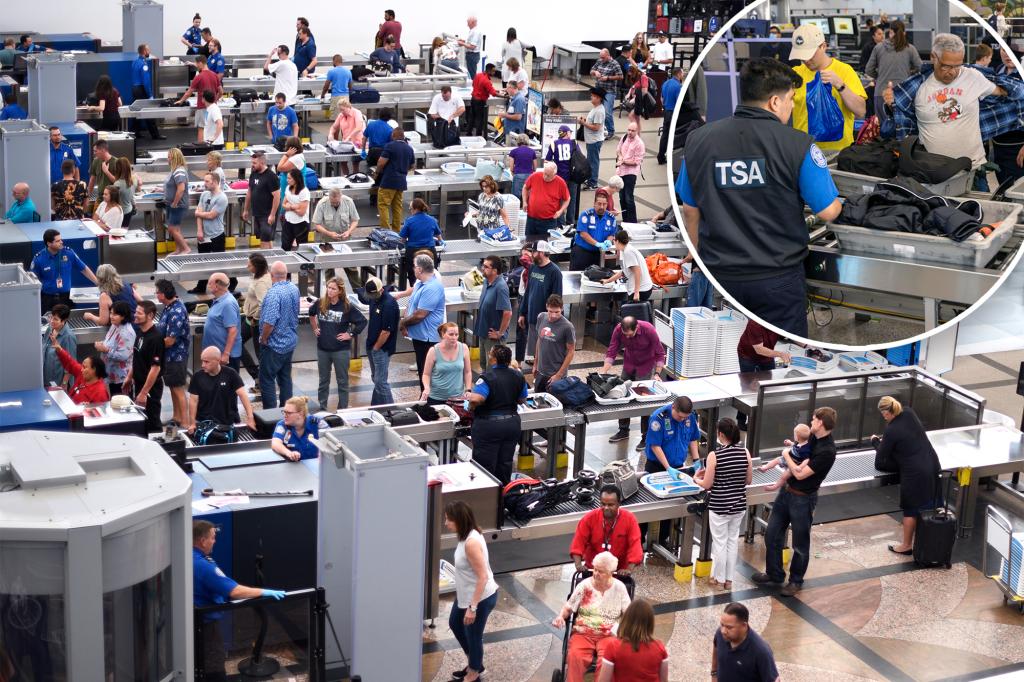New technology is being developed that could potentially eliminate the 3-1-1 rule that limits liquids on flights. Computed tomography scanners are being used to detect unauthorized liquids at security checkpoints, which may lead to the end of restrictions on travel-size toiletries. The UK had initially planned to implement this technology and eliminate liquid limitations as of June 1 of this year, but the start date has been postponed. The TSA in the US has indicated that while they anticipate lifting the liquid limit in the coming years, the restrictions are still in place for now.
Despite the current restrictions on liquids in carry-on bags, there are 11 exceptions to the 3-1-1 rule. These exceptions include prescription medications in liquid, gel, or aerosol form, over-the-counter liquid medications, and contact lens solution in reasonable quantities. Other exceptions include freezer or ice packs necessary for medication, wet batteries, breast milk or formula for infants, liquid-filled items for teething, and food or drinks for babies and toddlers. Additionally, larger duty-free items purchased at the airport are allowed through security checkpoints as long as they are sealed in tamper-evident bags.
TSA officers have the authority to test liquids, gels, or aerosols for explosives or concealed prohibited items at security checkpoints. Passengers are advised to inform security agents about larger liquids that may need additional screening. If items cannot be screened by machine or if passengers prefer to not have their liquid medication exposed to X-ray, alternative screening methods can be used. This may include AIT screening, a pat-down, and additional screening of carry-on items to ensure security.
The new technology being implemented with computed tomography scanners is expected to make the restrictions on liquids at airports obsolete in the near future. While the TSA has not yet announced an official change to the current liquids rule, the use of this technology could lead to full-size liquids being allowed through security checkpoints. The inclusion of this advanced security measure could streamline the airport security process and alleviate frustrations for travelers who must currently adhere to the 3-1-1 rule.
With advancements in security technology, the travel experience could become much more convenient for passengers who are tired of the restrictions on liquids in carry-on bags. The exceptions to the 3-1-1 rule provide some relief for travelers who need to transport specific items like medications, food and drinks for infants, or wet batteries. As further advancements are made in airport security measures, the goal is to enhance safety and efficiency while minimizing the inconvenience for travelers. Ultimately, the implementation of computed tomography scanners may revolutionize security procedures and bring an end to the restrictions on liquids in the near future.


